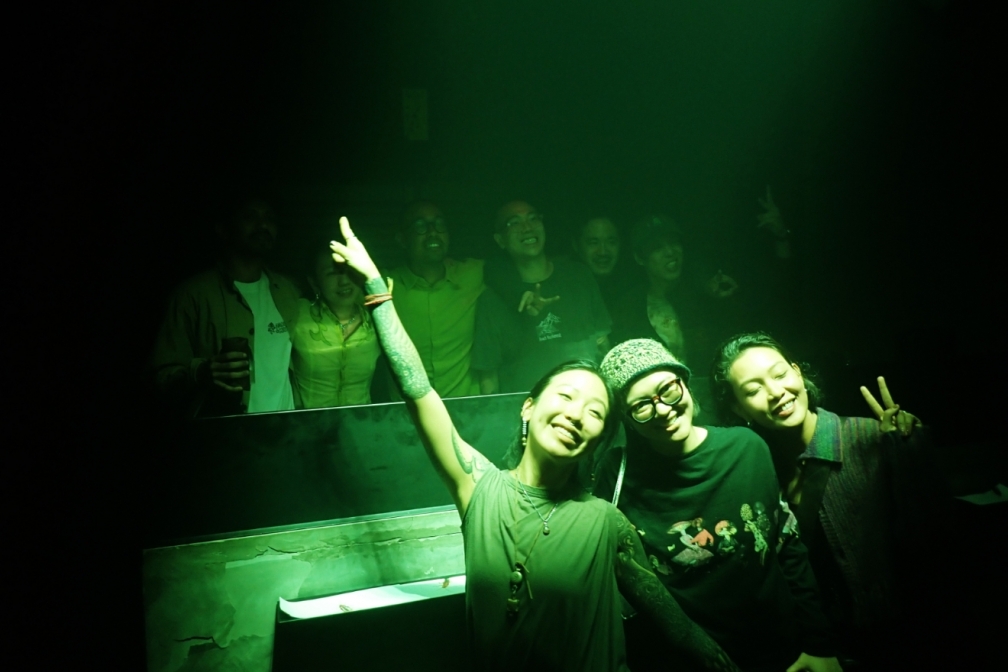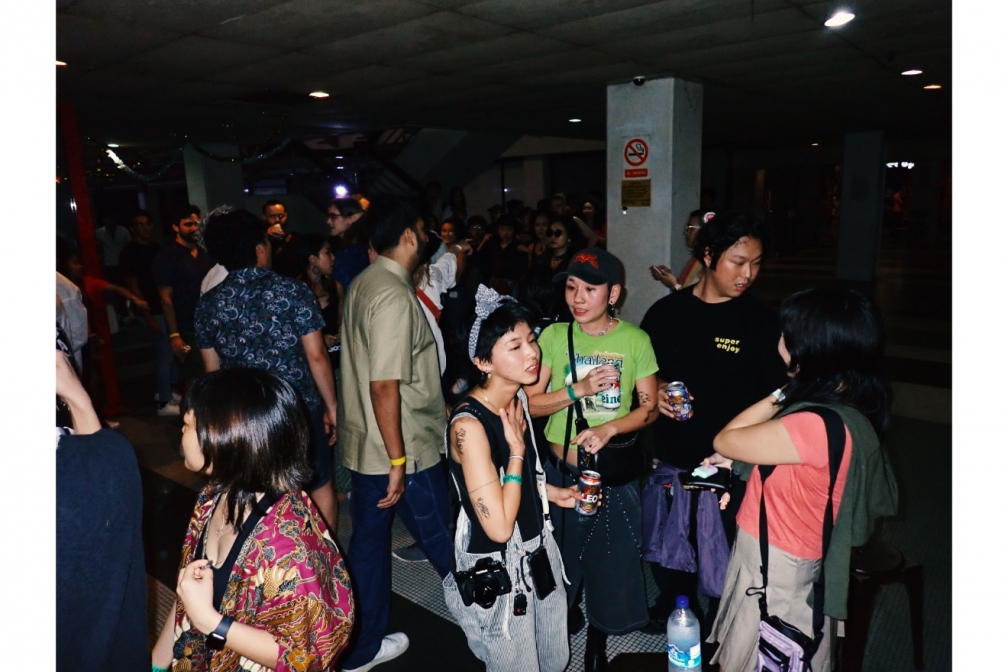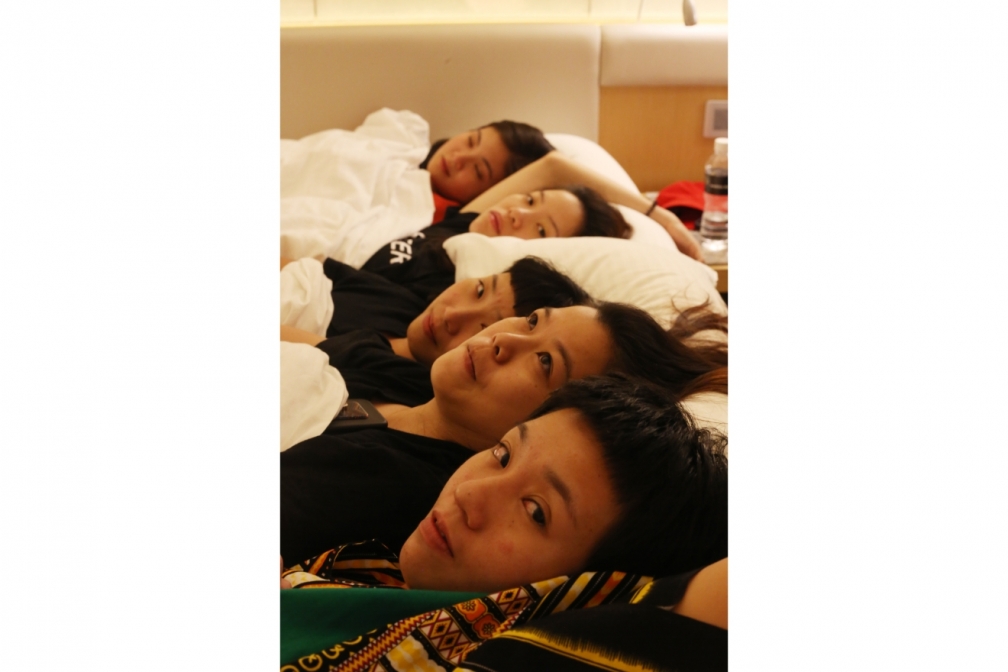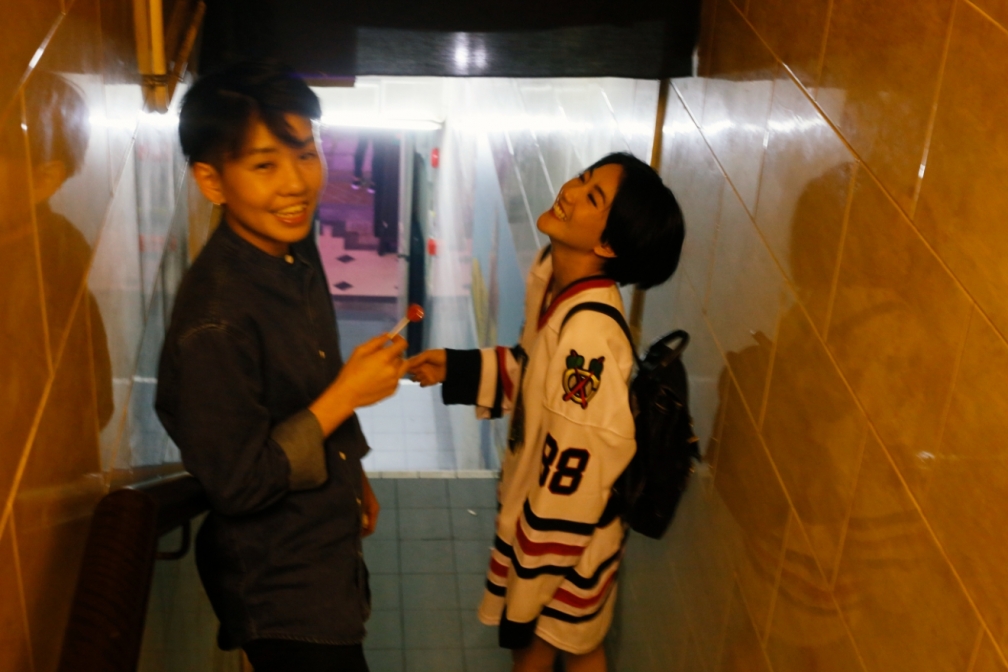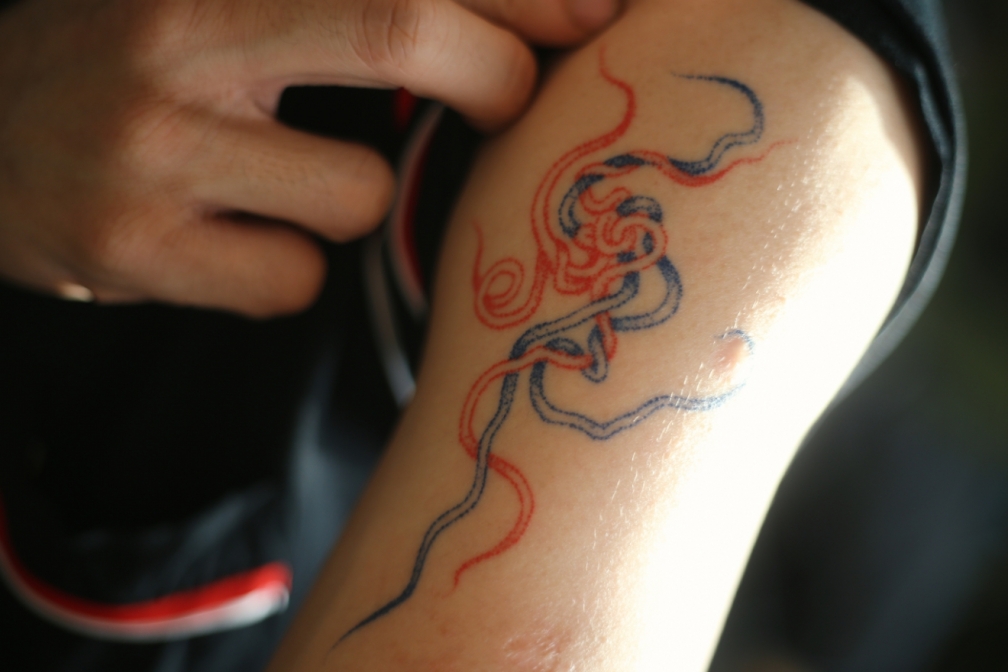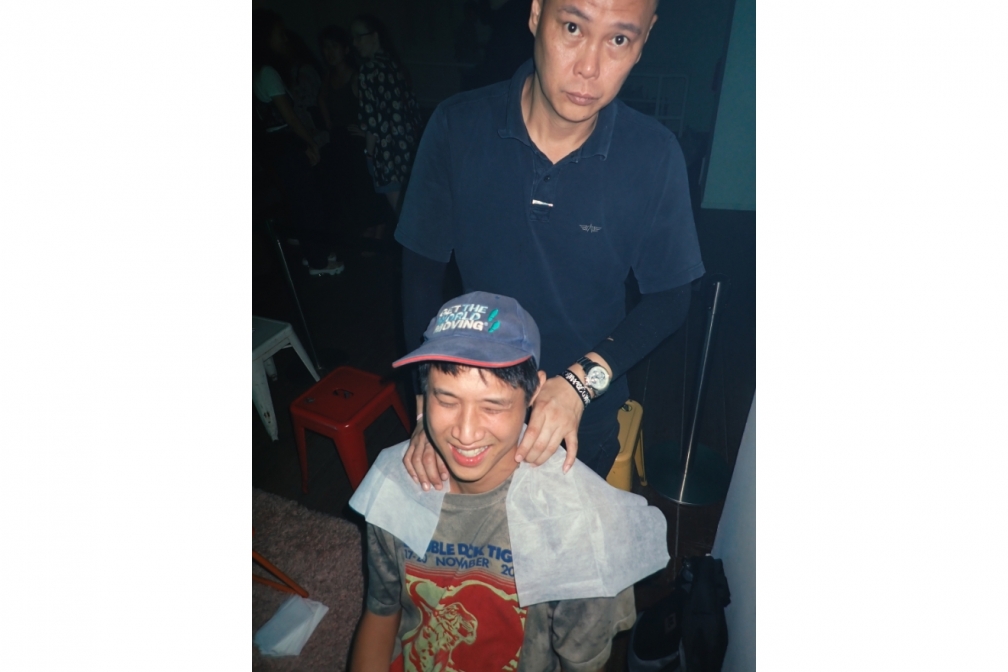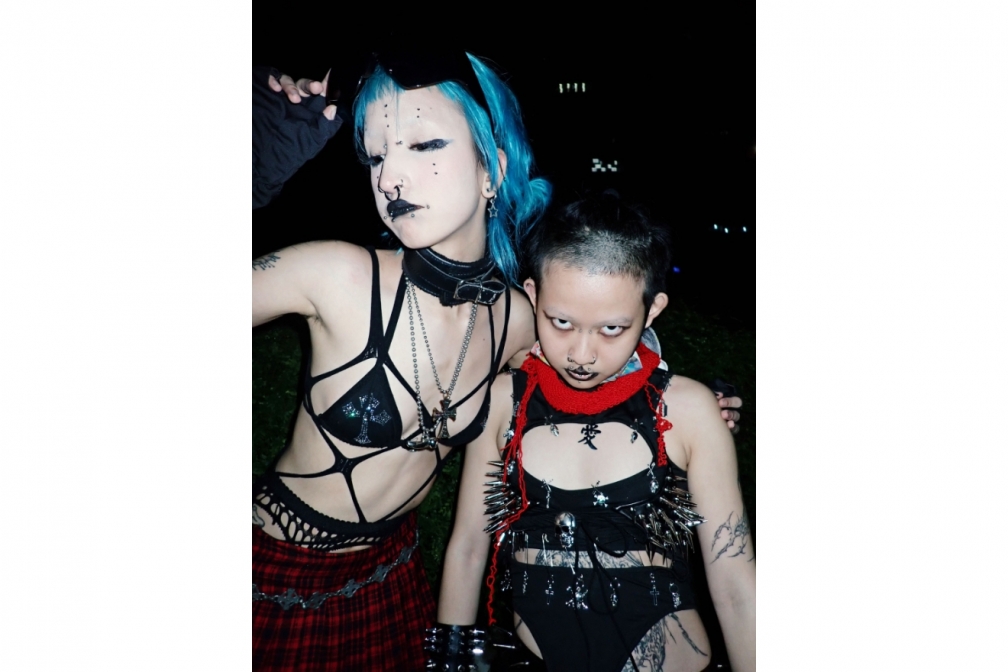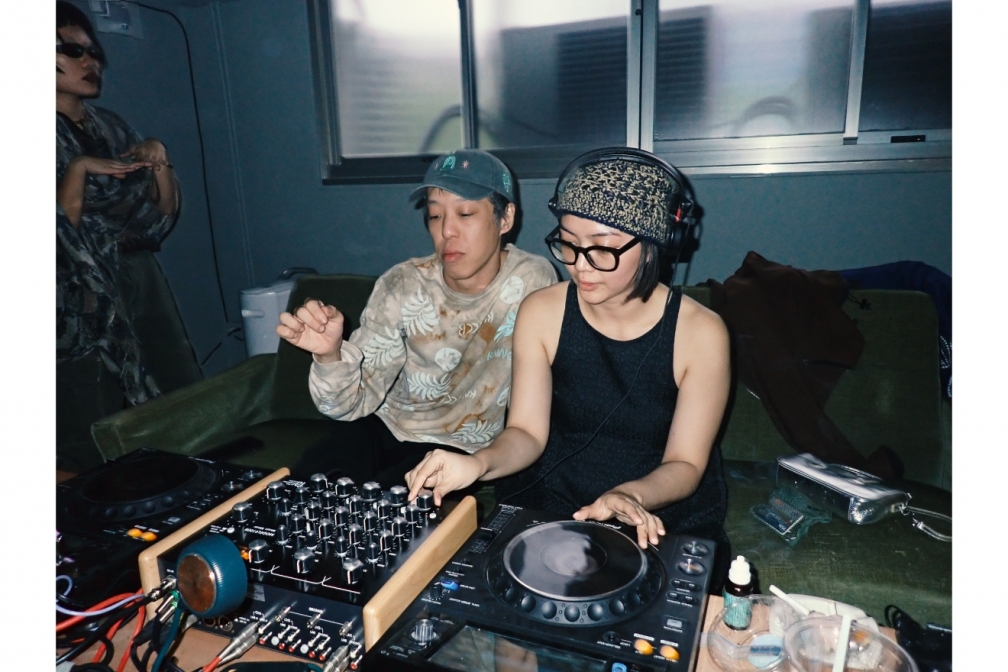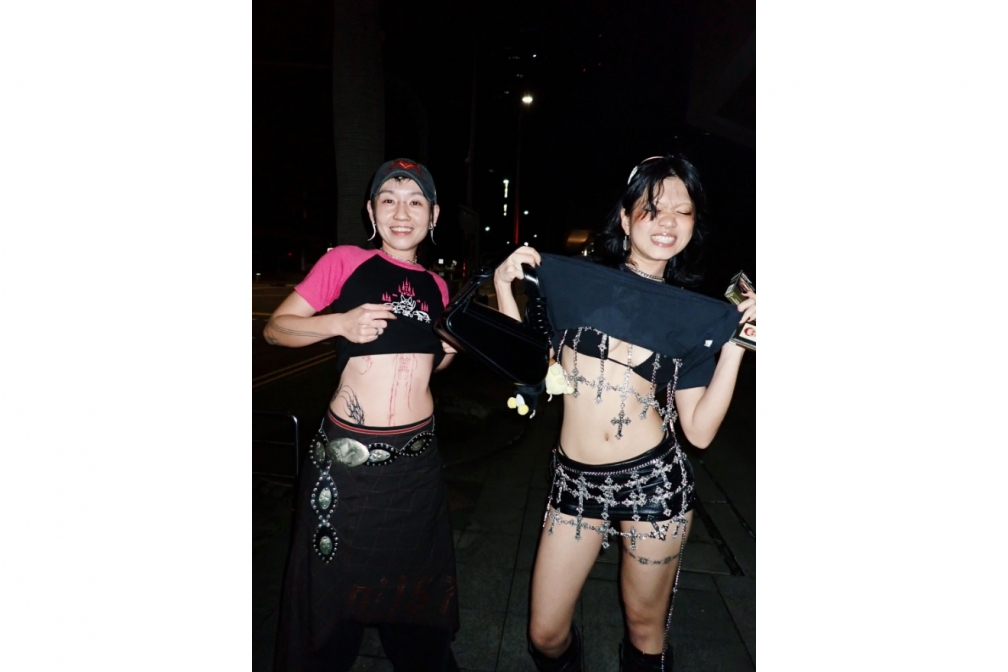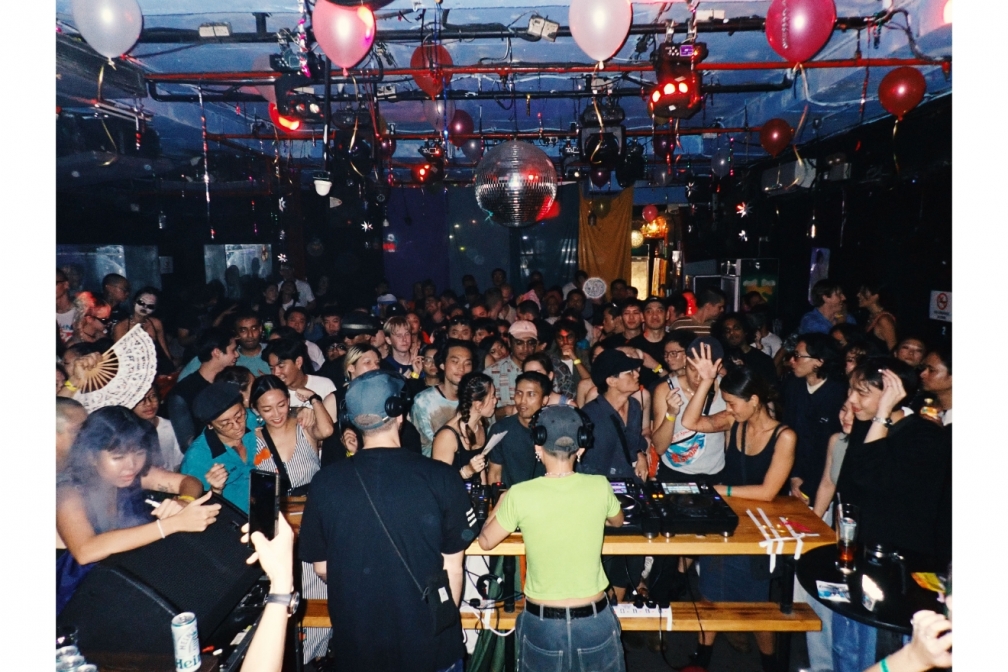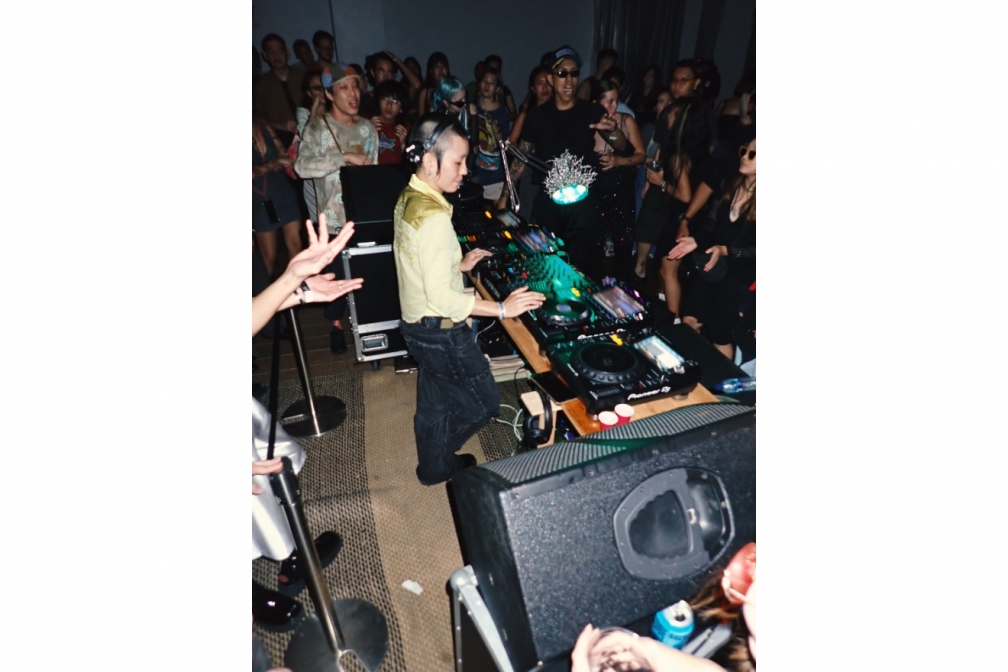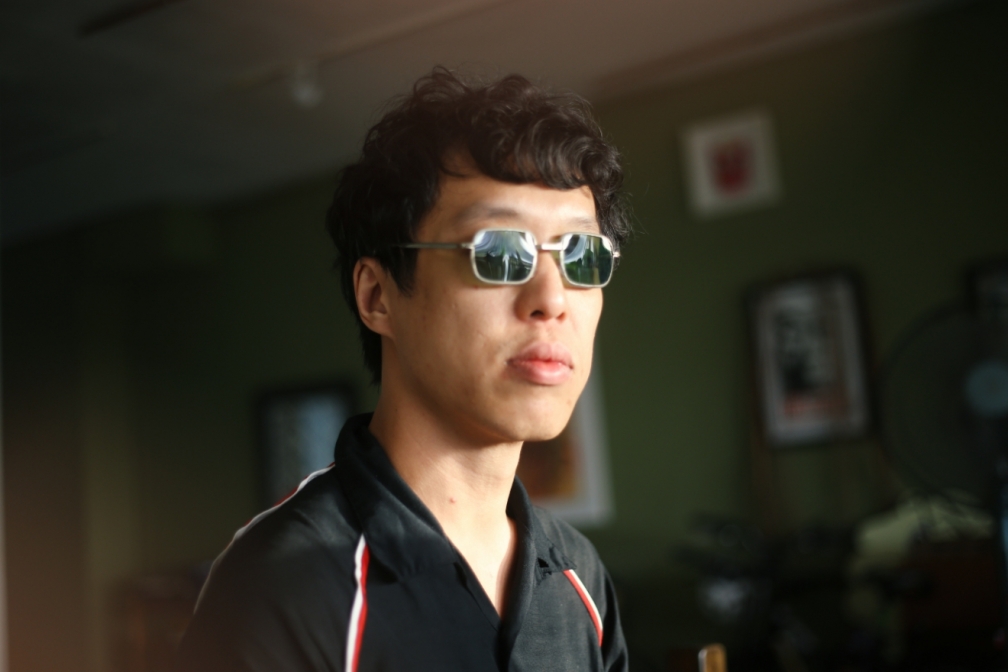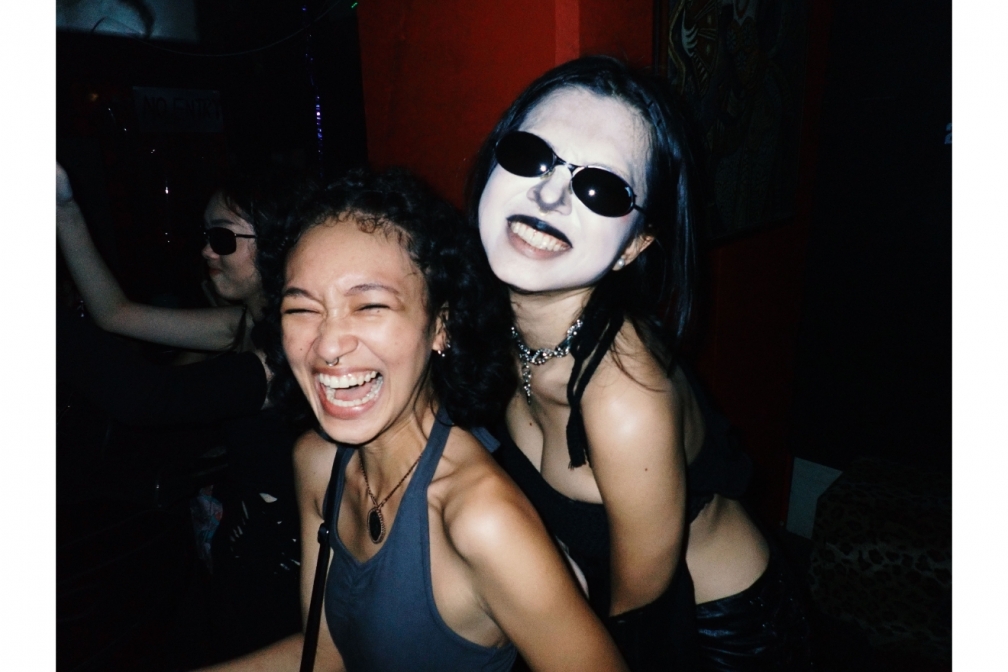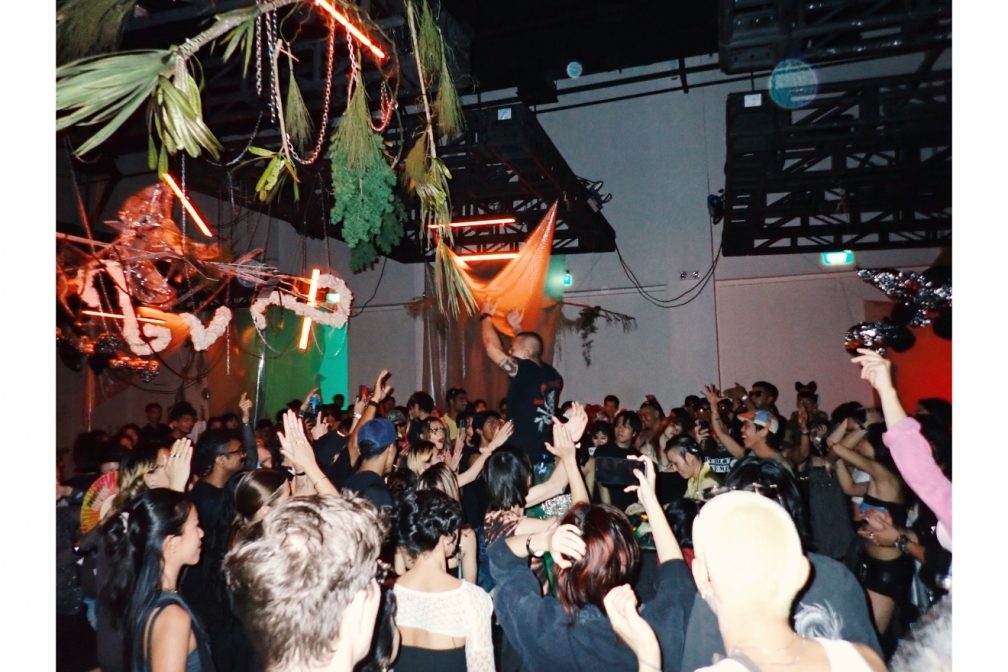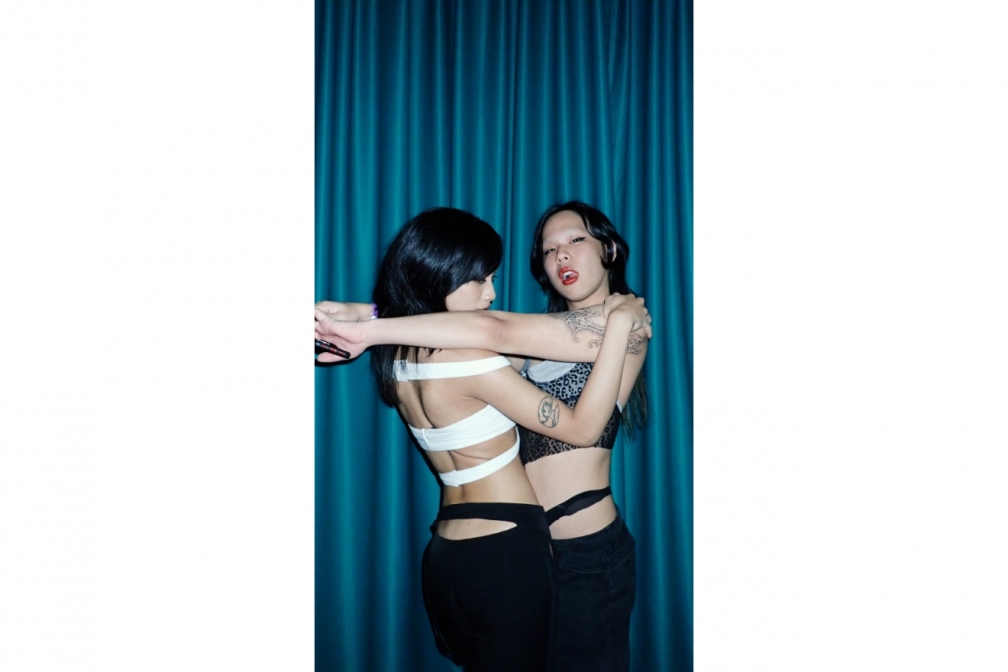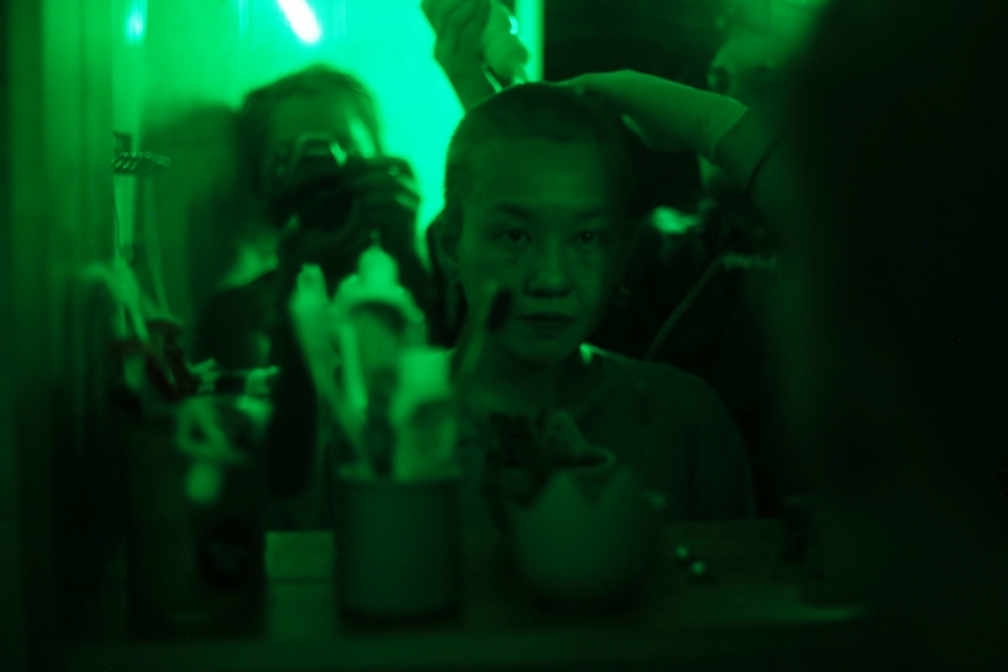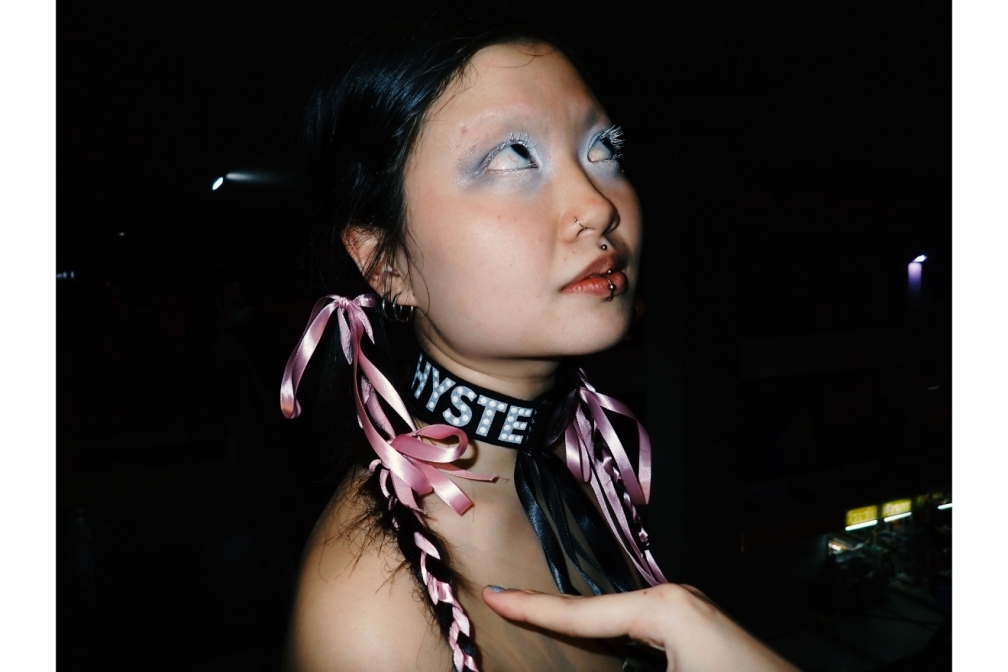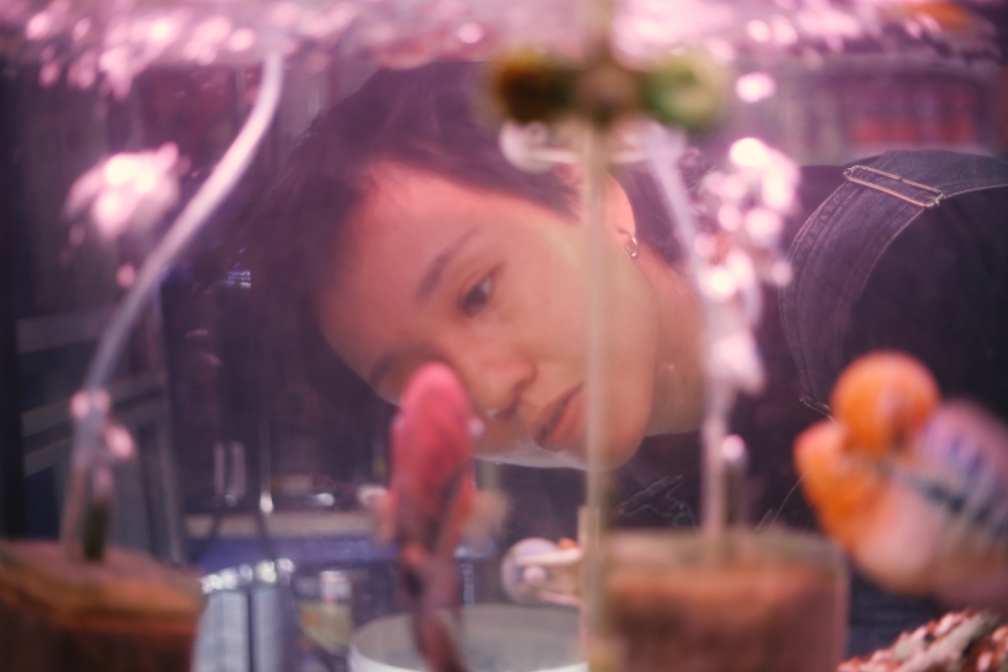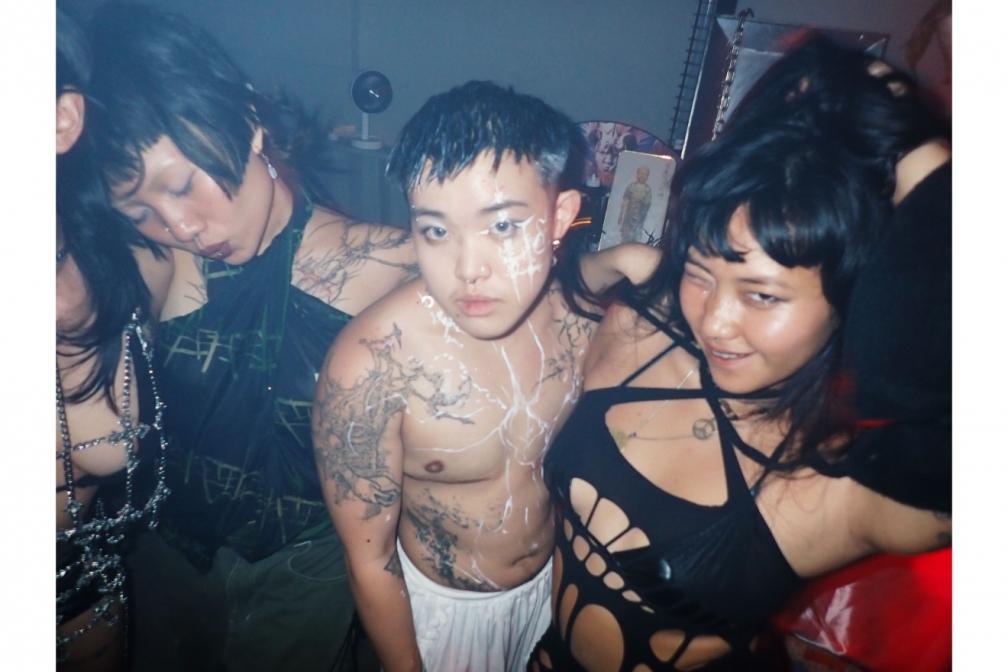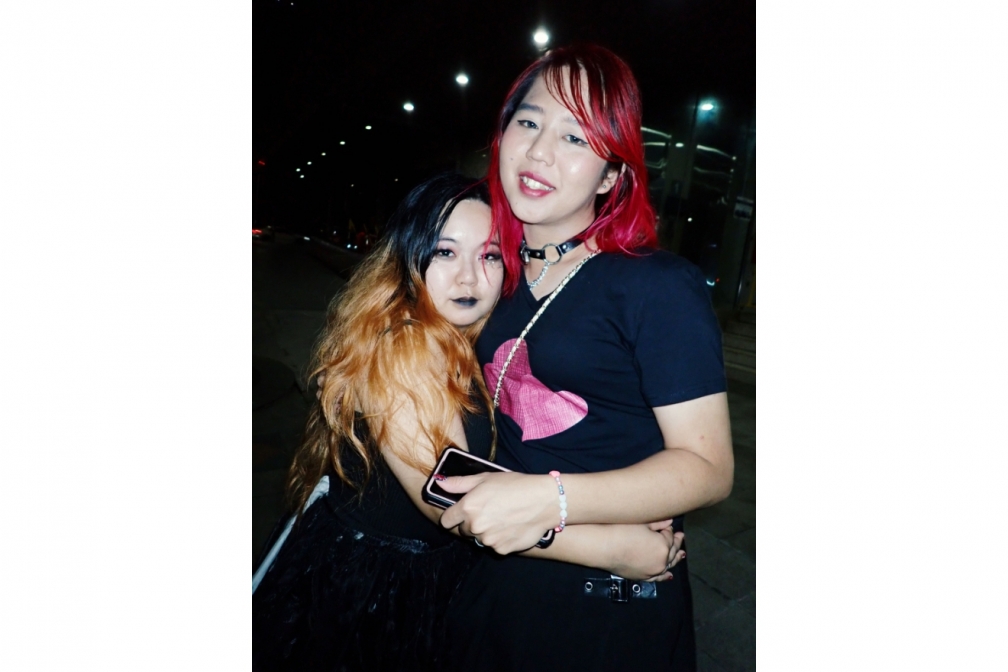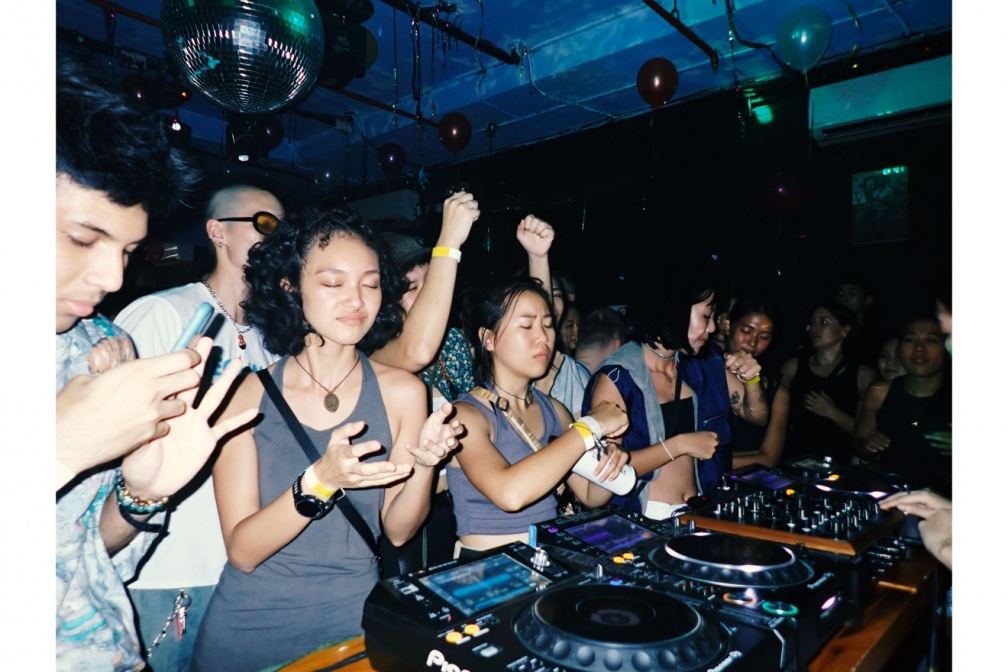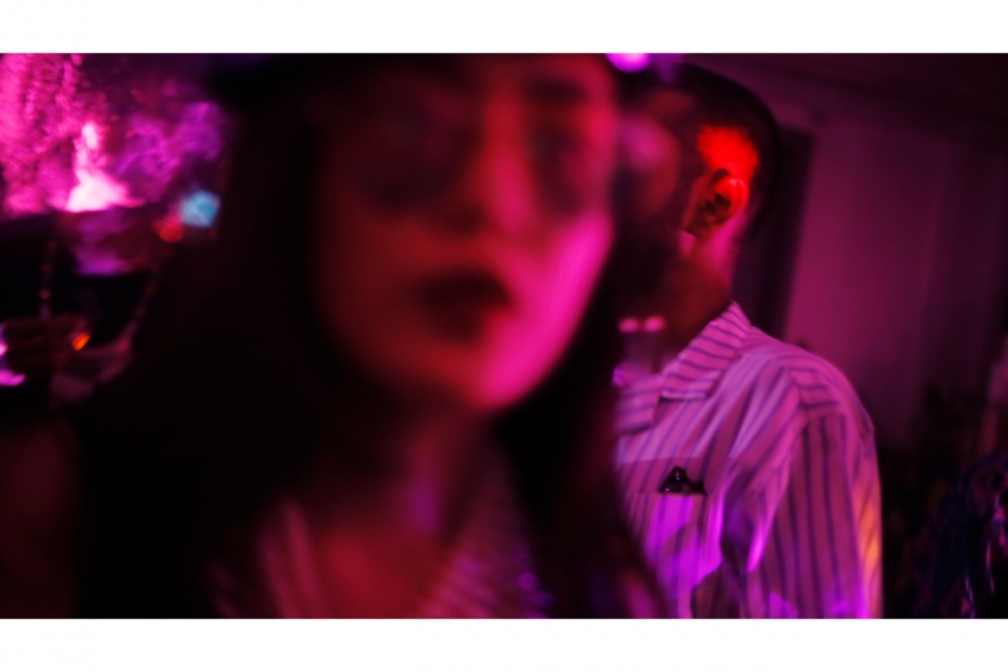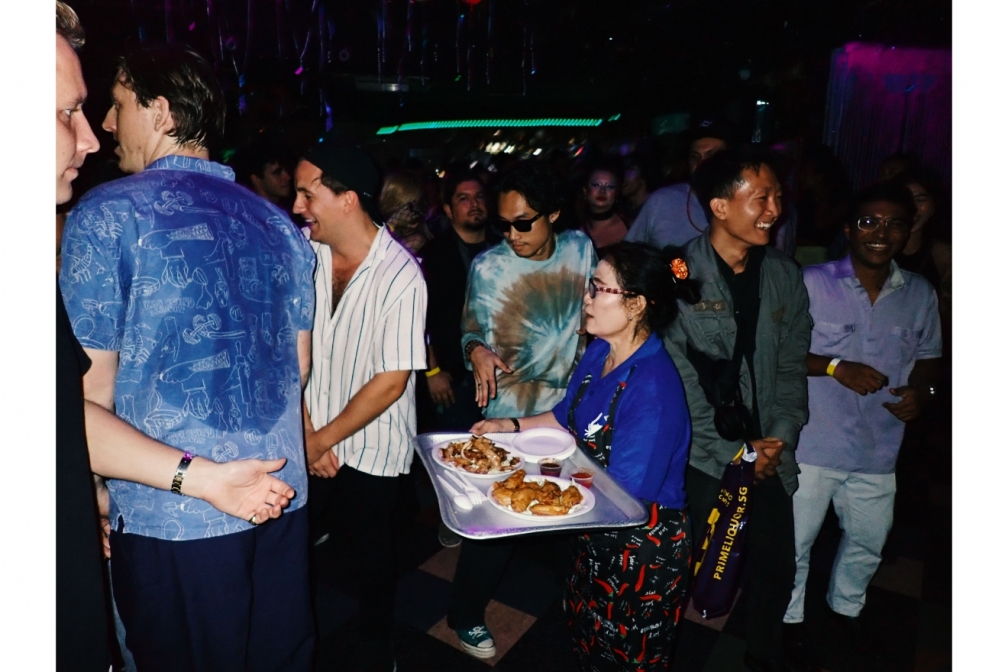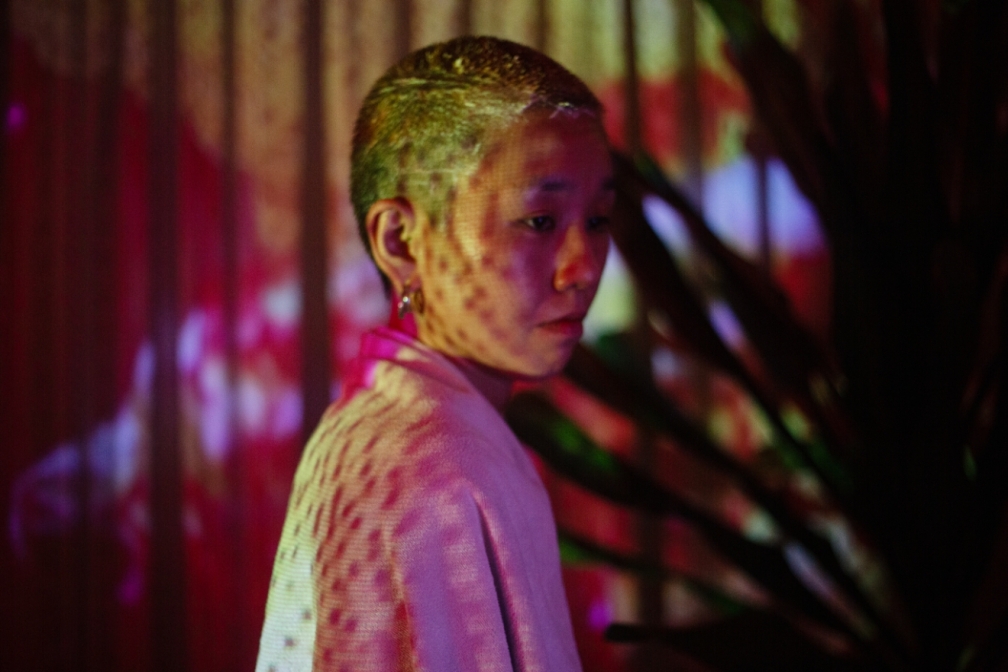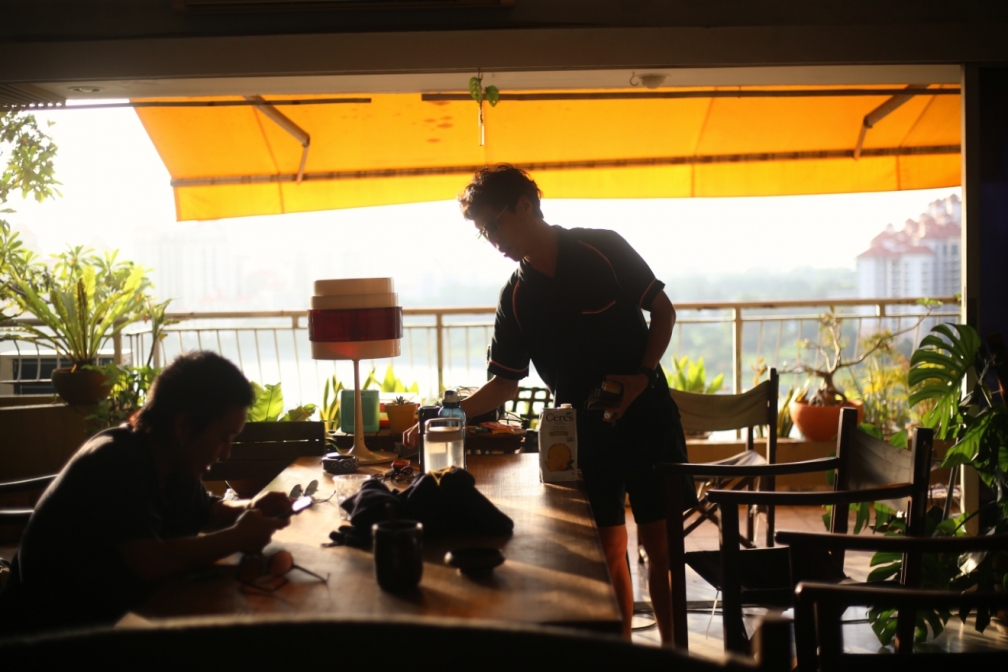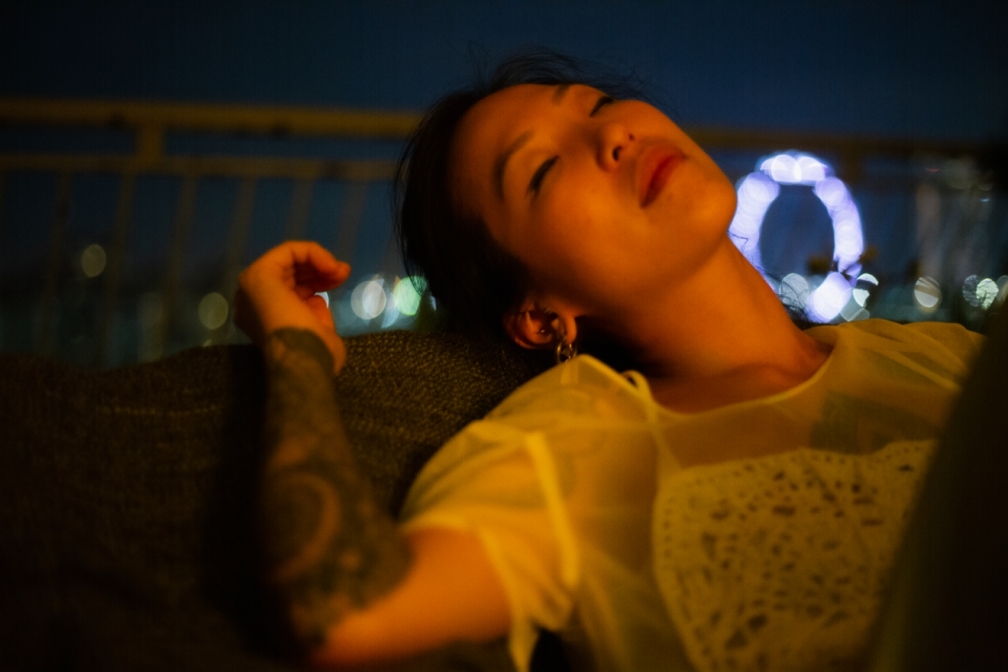Behind the lens: Marisse Caine depicts The Truman Show-esque secrets of Singapore
“We are still hidden and waiting to be discovered,” says the creative with 16 years of photography under her belt
After the Lunar New Year, my colleague returned from a trip to Singapore and shared fascinating stories with me about the hidden and intriguing parties that take place there. Although I’ve previously visited Singapore briefly, my experiences only scratched the surface. I find myself constantly curious to delve deeper and uncover what lies beneath the surface of the Flower Dome city-state.
As I continued my exploration to find kindred artists across Asia and satisfy my curiosity about Singapore, I stumbled upon Marisse Caine, who’s not your ordinary photographer; she has been actively involved in conceptual and commercial photography for over 16 years. With a background in fine art and her multidisciplinary approach as a multimedia artist and creative, her unique artistic vision shines through in her nightlife photography.
Marisse takes us on a special journey, recounting how she began photographing bands like Trella (featuring Bongomann and El Professionel from Super Enjoy's former band), Caracal, A Vacant Affair, and Amateur Takes Control back in 2006 or 2007. These memorable moments unfolded at iconic venues such as Gas Haus and the former Home Club.
Through her experiences in nightlife photography, Marisse learned the art of timing, capturing the essence of the moment. She also shares a heartfelt photo paying tribute to the late Eileen (DJ Catsoncrack)...
Hi Marisse! Tell our readers a bit about yourself!
I'm a creative producer for Empire of Arkadia, a broadcast company that specialises in developing and distributing Asian IP to international. It both supports and informs my creative practice.
Outside my day job, I've been a conceptual and commercial photographer for about 16 years. I am also a multimedia artist and creative. I paint, play music and make films. I guess you can call me a high-functioning ADHD creative. I enjoy creating and experiencing art and culture.
How has your foundation in studying Fine Art Photography empowered you to delve into a deeper level of conceptualisation for nightlife photography?
One of the most favourable results of studying fine art is the stamina to explore and dissect big themes. It puts you through the wringer when you present your work and ideas to your peers, having to answer complex questions or accepting feedback when others find holes in your hypothesis. But most importantly, how to present a big abstract experience to the layman. For example, how do you show people, through a set of 10 images, the feeling of communion on a dancefloor? It's more complicated than you think, and making it iconic is even more challenging.
When and why did you begin capturing photos in clubs? What is it about capturing moments in Singapore's underground clubs that hold a special place in your heart?
I kind of answered this in a recent interview with Female Magazine: "My mother, Yvette Atienza is a jazz musician, so I grew up around music and musicians. Naturally, I was drawn to the scene as it was something that was encouraged at home. But my entry point was through photography when I started shooting bands such as Trella (Bongomann and El Professionel from Super Enjoy's former band), Caracal, A Vacant Affair, and Amateur Takes Control in 2006 or 2007 – at places like Gas Haus and the former Home Club."
Homeclub, though, was something else. Everyone in my life right now, and people who have changed me in small and big ways, I met there. The crazy thing is that everyone who went there still feels deeply connected to this day. But it's just a club. Every kind of personality I had experienced through books and movies and had always wanted to meet in the flesh existed there.
There was a DJ, Joe Ng, who was an actor; he scored music for films and was a political activist. He sounds like a made-up character in an indie movie, hahaha. I went there since I was 17 and was there almost every weekend till it closed on May 10th, 2014. I even went there on weekdays with my friend Holly Grabarek and her underaged sister to exercise/do cardio to drum and bass. When we were all "of age," we all worked at the door. It was hilarious. Maybe I'm always trying to find the "Homeclub" in the underground scene.
Has the realm of nightlife photography had a creative impact on your other artistic endeavours?
For sure. Nightlife photography, specifically events, teaches you about timing. You need to understand the flow of the room, where to place yourself, and anticipate when the money shot will happen. This skill is translatable into documentary. It also teaches you how to be brave. I remember being 16 and socially anxious because of low self-esteem. Getting up close to a musician as a young aspiring photographer is one of the scariest things to do because you're up close in the front where everyone can see you, and somehow, you need to pretend you're alone in the room so you can focus on composing the shot.
One of my biggest and funniest mistakes was being tasked with shooting Goldie. I was so nervous and intimidated that I got too buzzed, making my nerves worse. So I took a photo of him from really far away outside the room he was in. The best part was that I grabbed one shot and left because I was shy. It was horribly framed and unusable. You need to be brave, or else it will show in the photograph.
Share with us the photographers you look up to and why!
There are so many! But what I enjoy most is ethnography. Richard Avedon, Daido Moriyama, Diane Arbus, Nan Goldin, Ryan Mcginley, Ren Hang, August Sanders, Luo Yang, Manbo Key, William Eggleston, Juergen Teller, and my friend Juan Qi An - Singapore's bestest kindest lensmen. They all tell stories and showcase a world in a way that makes me feel like I'm there.
Are there any specific details you enjoy focusing on in your work process?
I love listening to the stories of people I capture and interview, especially when you meet what Kobe Bryant calls "Obsessives," who are obsessed and gifted. Damn, God's work.
How do you approach capturing the energy and atmosphere of a nightlife scene through your photography?
The most crucial thing is being there and immersing yourself. Document without conclusions and then capture intentionally later to understand the elements at work in creating the energy and atmosphere.
Can you tell us a story behind one of your photos?
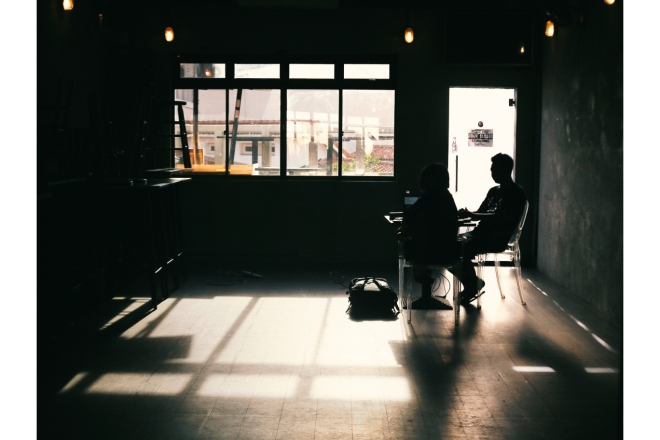
I just found this as I was going through my library. It's more sentimental than anything of a time long gone. This is my only behind-the-scenes photo of "the making of" our first techno club Headquarters. The late Eileen (DJ Catsoncrack) and Clement would use the club in the morning as an office space. They took the scene to a new level when they opened "The Council, HQ."
The community lost something when she passed away. She meant a lot to me. I was at HQ most weekends before Covid. It was a very special place.
How would you describe your style or aesthetic when it comes to photography?
I need to learn how to answer this question because I focus more on capturing a story or feeling than a look. I use different approaches for different stories. So maybe my style is "the moment."
What's your weapon of choice (favourite camera and lens)?
Canon body with a prime lens and a digital point-and-shoot.
Take us on a night out in Singapore. Where would we start, and where and when would we finish?
You would start in my house because I live with five other artists, and our collections at home are already quite a trip. My bro John Tee from Strangeweather probably has about 300-something records at home. They all practice their music at home in the afternoons throughout the week.
Take a walk around the East Coast, go for a boogie at Wildpearl, or wherever the interesting collectives are playing. You follow the collectives rather than a resident advisor in Singapore because many parties happen outside club spaces. Then we end up back at mine, and we can watch the sunrise from my balcony and watch the herons come back home.
Who's your favourite DJ in Singapore?
I have favourites for every mood, but John Tee, AKA Sideo, is my musical soulmate. My best friend Gen Yip, AKA Yetpet, keeps me on my toes and opens my brain to sounds and styles I'd never thought to try. She is the Avant-garde. They are both from Strangeweather.
Tell us your go-to club in Singapore and why!
MDLR, Ikigai and Wildpearl. They are the primary spaces supporting diverse sounds.
What's your go-to hangover food?
Come on, it's McDonald's for everyone, right? Haha!
What makes Singapore's underground scene inspiring?
I feel like I'm in The Truman Show. Except within this Truman Show, there are hidden spaces rich with creative expression. We're a perfect blend of the East and the West. We are all global thinkers who are rediscovering our roots and traditions. We can communicate high concepts with the new language. However, somehow, we are still hidden and waiting to be discovered. I'm part of a fascinating secret.
Have you noticed any significant shifts or changes in the nightlife culture and scene over the years in Singapore, and how has that influenced your approach to photography?
The most significant shift was when COVID-19 happened. It birthed a lot of new approaches, artists, practices, and collectives. The Gen Zs were old enough to enter the space, and they have influenced how I think and my approach to photography.
Follow Marisse on Instagram here.
Adrianna Cheung is Mixmag Asia’s Culture Curator, follow her on Instagram.


